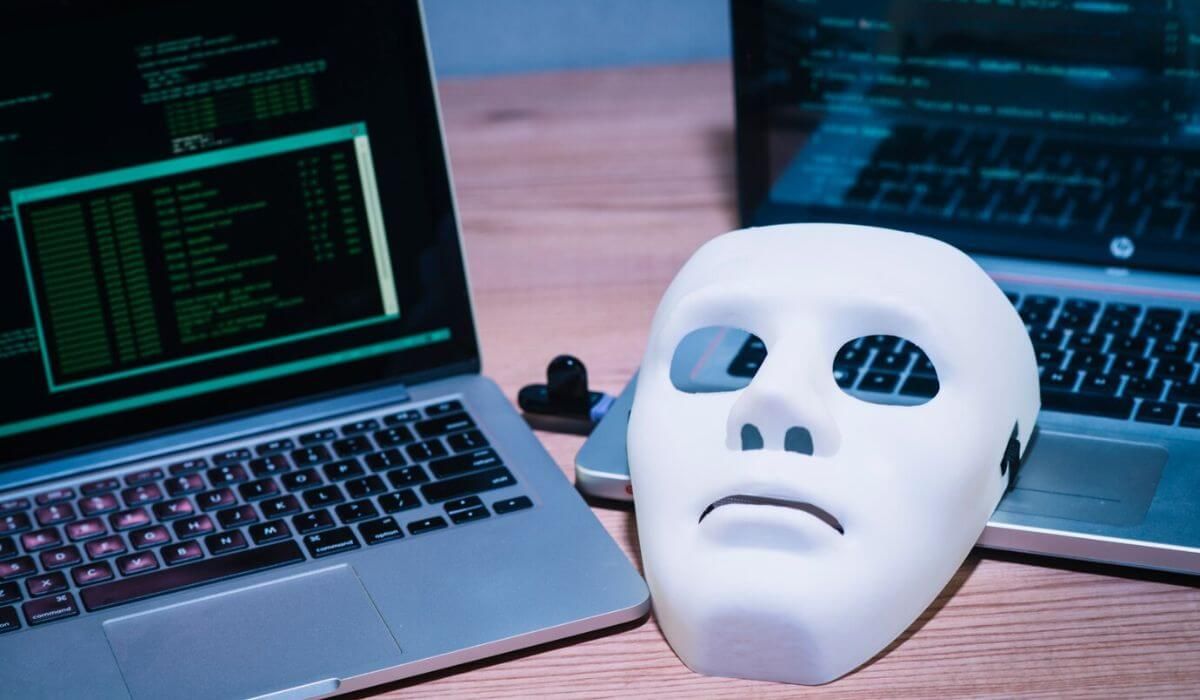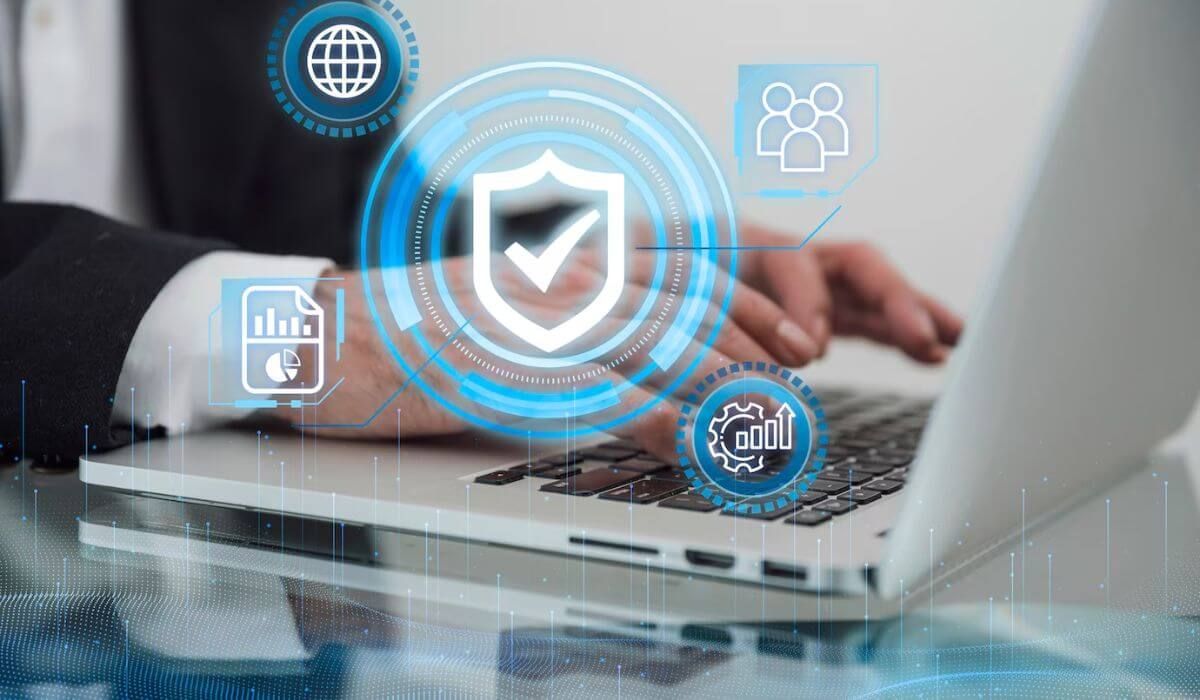Top Cybersecurity Threats in Sydney: How to Stay Protected?
Sydney, a vibrant hub of innovation and commerce, is also a prime target for cybercriminals. With increasing reliance on digital technologies, businesses and individuals in Sydney face a growing wave of sophisticated cyber threats.
Understanding these threats and implementing
best practices for securing business data in Sydney is crucial for staying protected. This article explores the top cybersecurity threats facing Sydney and provides practical advice on how to mitigate these risks.
Understanding the Cybersecurity Landscape in Sydney
Sydney's dynamic digital environment, while offering numerous benefits, also creates vulnerabilities. The high concentration of businesses, government agencies, and individuals online makes it a lucrative target for cybercriminals.
Furthermore, the rapid adoption of cloud computing, mobile devices, and Internet of Things (IoT) devices expands the attack surface, creating new opportunities for malicious actors. The interconnected nature of modern systems means that a breach in one organization can have cascading effects, impacting interconnected businesses and individuals.

Top Cybersecurity Threats Facing Sydney
Several key cybersecurity threats pose a significant risk to Sydney businesses and residents:
Ransomware Attacks
- Data Encryption and Extortion: Ransomware attacks encrypt critical data, rendering it inaccessible until a ransom is paid. Cybercriminals often also threaten to publicly release the stolen data if the ransom is not paid, adding another layer of extortion. Modern ransomware often uses double extortion tactics, combining encryption with data exfiltration.
- Targeting Businesses and Individuals: Ransomware attacks can target both large corporations and individual users. Businesses are often targeted for their valuable data, while individuals may be targeted through phishing emails or compromised websites. Targeting can be indiscriminate, or attackers may specifically target vulnerable sectors like healthcare or education.
- The Impact on Sydney: Ransomware attacks can cripple businesses, disrupting operations, causing financial losses, and damaging reputations. They can also have a significant impact on individuals, leading to the loss of important files and personal data, and even impacting critical services.
Phishing Attacks
- Deceptive Emails and Websites: Phishing attacks use deceptive emails, websites, or text messages to trick individuals into revealing sensitive information, such as passwords, credit card details, or login credentials. These attacks often mimic legitimate communications from trusted organizations.
- Spear Phishing and Whaling: Spear phishing targets specific individuals or organizations, often using personalized information to make the attack more convincing. Whaling targets high-profile individuals, such as executives, aiming to gain access to sensitive corporate information.
- The Sydney Context: Phishing attacks are a common threat in Sydney, often exploiting local events or news to make the attacks more convincing. For example, attackers might send phishing emails disguised as notifications about local traffic changes or upcoming events.
Cloud Security Vulnerabilities
- Misconfigurations and Data Breaches: Cloud computing offers numerous benefits, but it also introduces new security challenges. Misconfigurations, insecure APIs, and unauthorized access can lead to data breaches and security incidents. For example, a misconfigured cloud storage bucket could expose sensitive data to the public internet.
- Shared Responsibility Model: Understanding the shared responsibility model for cloud security is crucial. While cloud providers are responsible for securing the underlying infrastructure, businesses are responsible for securing their own data and applications in the cloud. This often involves implementing access controls, encryption, and other security measures.
- Sydney's Cloud Adoption: With the increasing adoption of cloud services in Sydney, cloud security vulnerabilities are a growing concern. Businesses need to prioritize cloud security and ensure they have the expertise to manage the unique risks associated with cloud environments.
Internet of Things (IoT) Attacks
- Vulnerable Devices: IoT devices, such as smart home devices, wearable technology, and industrial sensors, are often vulnerable to cyberattacks due to weak security protocols and a lack of updates. Many IoT devices have default passwords that are never changed, making them easy targets for attackers.
- Botnets and DDoS Attacks: Compromised IoT devices can be used to create botnets, which can be used to launch distributed denial-of-service (DDoS) attacks, overwhelming target websites or networks with traffic. These attacks can disrupt online services and even critical infrastructure.
- Sydney's Smart City Initiatives: As Sydney embraces smart city technologies, the security of IoT devices becomes even more critical. A vulnerability in a smart city system could have widespread consequences.
Malware and Spyware
- Malicious Software: Malware encompasses a wide range of malicious software, including viruses, worms, Trojans, and spyware. It can be used to steal data, disrupt systems, or gain unauthorized access to computers. Malware can be delivered through various means, including email attachments, infected websites, and software downloads.
- Spyware and Data Theft: Spyware secretly monitors user activity and collects sensitive information, which can be used for identity theft or other malicious purposes. Spyware can be particularly insidious, as it often operates in the background without the user's knowledge.
- The Spread of Malware: Malware can spread through various means, including email attachments, infected websites, and software downloads. Social engineering tactics are often used to trick users into installing malware.
Social Engineering
- Manipulating Human Behavior: Social engineering relies on manipulating human behavior to trick individuals into revealing sensitive information or performing actions that compromise security. It exploits the human tendency to trust and be helpful.
- Pretexting and Baiting: Common social engineering tactics include pretexting (creating a believable scenario) and baiting (offering something tempting to lure victims). For example, an attacker might call an employee pretending to be from IT support and ask for their password.
- The Human Factor: Social engineering exploits the human factor, highlighting the importance of security awareness training for all employees. Employees need to be trained to recognize and resist social engineering tactics.

How to Stay Protected in Sydney
Staying protected from these cybersecurity threats requires a multi-layered approach:
Strong Passwords and Multi-Factor Authentication (MFA)
- Unique and Complex Passwords: Use strong, unique passwords for all your online accounts. A strong password should be at least 12 characters long and include a mix of uppercase and lowercase letters, numbers, and symbols.
- Enabling MFA: Enable multi-factor authentication whenever possible. MFA adds an extra layer of security, requiring a second form of verification, such as a code sent to your phone or a biometric scan.
Regular Software Updates
Patching Vulnerabilities: Regularly update your operating system, applications, and security software to patch vulnerabilities that cybercriminals can exploit. Software updates often include security patches that address known vulnerabilities.
Security Awareness Training
- Educating Employees: Provide regular security awareness training to employees to educate them about common cyber threats, such as phishing and social engineering. Training should cover how to recognize phishing emails, how to avoid social engineering scams, and best practices for password security.
- Promoting a Security Culture: Foster a culture of security awareness within the organization. This means making security a priority for all employees and encouraging them to report suspicious activity.
Robust Antivirus and Anti-Malware Software
Using advanced security tools can help detect and prevent malware before it causes damage. In cases of cybercrime investigations, digital forensics and how it works play a crucial role in tracing attacks and identifying perpetrators.
Protecting Against Malware: Install and maintain robust antivirus and anti-malware software on all your devices. Antivirus software can help detect and remove malware before it can cause damage.
Data Backup and Recovery
- Regular Backups: Regularly back up your important data to a secure location, such as an external hard drive or cloud storage. Backups should be performed regularly and tested to ensure they can be restored.
- Recovery Plan: Have a data recovery plan in place in case of a ransomware attack or other data loss incident. A data recovery plan should outline the steps to be taken to restore data in the event of a disaster.
Network Security
- Firewall and Intrusion Detection: Implement a strong firewall and intrusion detection system to protect your network from unauthorized access. A firewall acts as a barrier between your network and the internet, blocking unauthorized traffic. An intrusion detection system can help identify and prevent malicious activity on your network.
- Secure Wi-Fi: Use a strong password for your Wi-Fi network and consider using a VPN when connecting to public Wi-Fi. Public Wi-Fi networks are often unsecured, making them vulnerable to eavesdropping.
Cloud Security Best Practices
- Secure Cloud Configurations: Ensure that your cloud services are properly configured and secured. This includes implementing access controls, encrypting data, and regularly auditing your cloud environment.
- Data Encryption: Encrypt sensitive data stored in the cloud. Encryption protects data even if it is accessed by unauthorized individuals.
IoT Security
- Strong Passwords for IoT Devices: Change the default passwords on your IoT devices and use strong, unique passwords. Default passwords are often well-known and easily exploited by attackers.
- Firmware Updates: Regularly update the firmware on your IoT devices. Firmware updates often include security patches that address known vulnerabilities.

FAQs
How can I tell if I've been a victim of a phishing attack?
Be wary of emails or messages that ask for sensitive information, contain urgent requests, or have poor grammar or spelling. If you're unsure about the legitimacy of a message, contact the organization directly.
What should I do if my computer gets infected with ransomware?
Disconnect your computer from the network immediately and contact a cybersecurity professional. Do not pay the ransom, as there is no guarantee that you will get your data back.
How can I protect my business from cloud security vulnerabilities?
Implement strong access controls, regularly audit your cloud configurations, and encrypt sensitive data stored in the cloud.
What are some best practices for securing IoT devices?
Change default passwords, update firmware regularly, and consider isolating IoT devices on a separate network.
Cybersecurity threats are a constant and evolving challenge in Sydney. By understanding the top threats and implementing the recommended security measures, businesses and individuals can significantly reduce their risk of becoming a victim of cybercrime. Staying informed, proactive, and vigilant is key to staying safe in the digital world.


